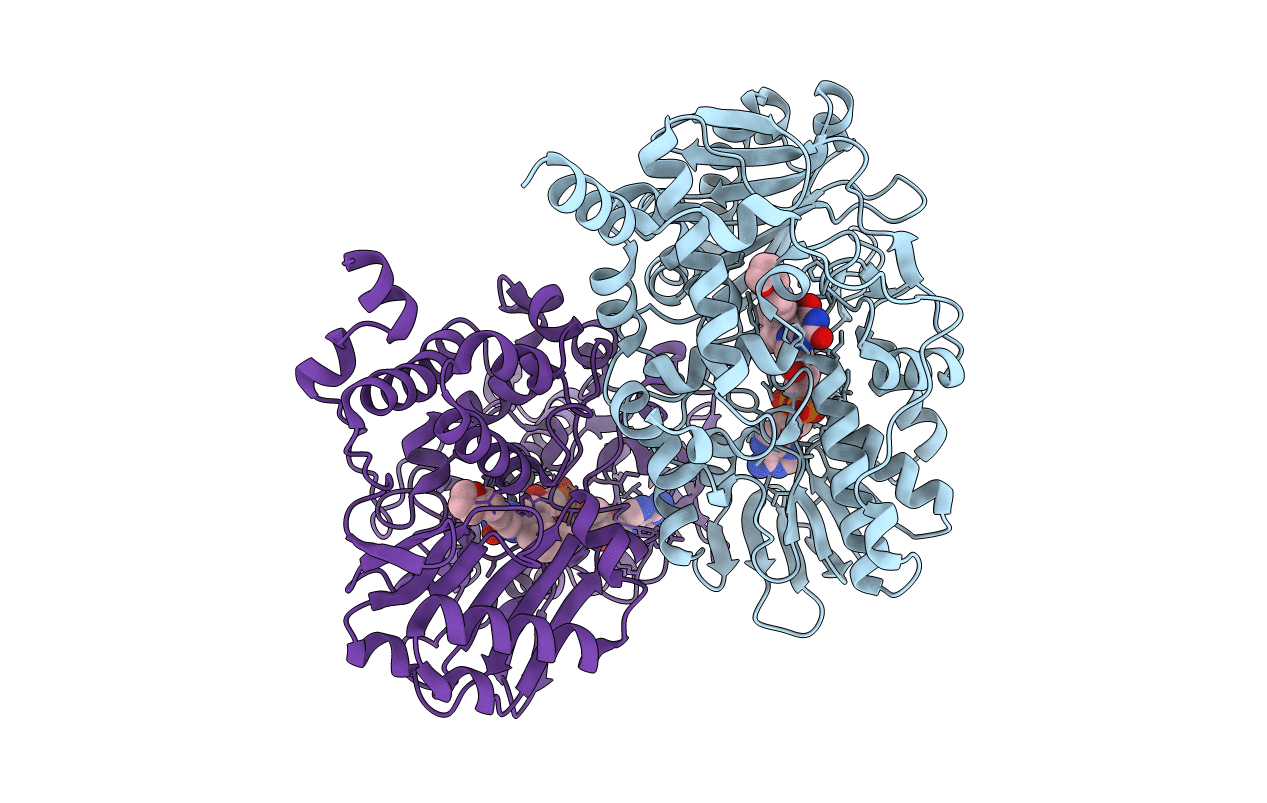
Deposition Date
2016-12-23
Release Date
2017-01-11
Last Version Date
2024-11-13
Entry Detail
PDB ID:
5MRL
Keywords:
Title:
Crystal structure of human monoamine oxidase B (MAO B) in complex with N(Furan2ylmethyl)Nmethylprop2yn1amine (F2MPA)
Biological Source:
Source Organism:
Homo sapiens (Taxon ID: 9606)
Host Organism:
Method Details:
Experimental Method:
Resolution:
2.42 Å
R-Value Free:
0.23
R-Value Work:
0.16
R-Value Observed:
0.16
Space Group:
C 2 2 2


